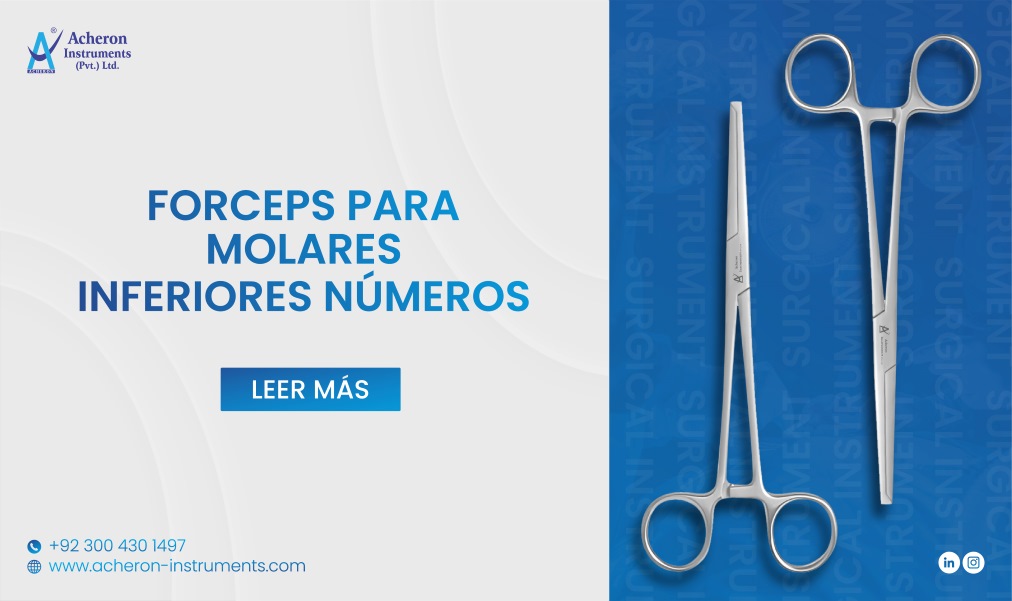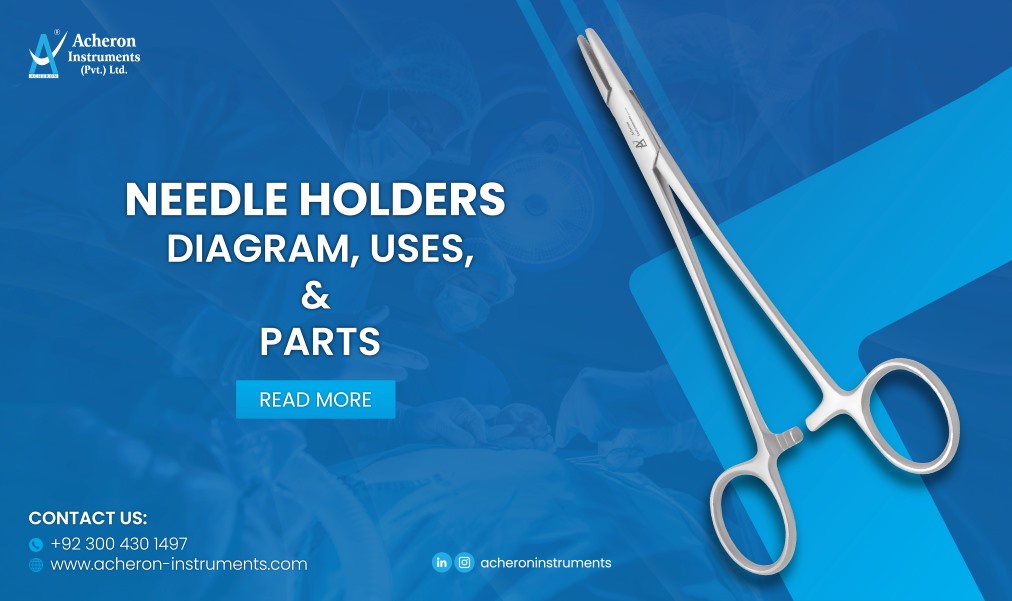
Want to know Kocher's Forceps Uses in Obstetrics? Kocher's forceps, named after the renowned Swiss surgeon Theodor Kocher, are essential tools in obstetrics. These forceps, characterized by their robust construction and serrated jaws, play a crucial role in assisting childbirth and managing obstetric complications. In this comprehensive article, we will explore the diverse uses of Kocher's forceps in obstetrics, highlighting their significance in ensuring safe deliveries and optimal maternal and fetal outcomes.
History and Development of Kocher's Forceps:
Kocher's forceps were first introduced in the late 19th century by Theodor Kocher, a pioneering surgeon renowned for his contributions to surgical techniques and instrumentation. The forceps were initially designed for use in general surgery, but their versatility soon led to their adoption in obstetrics. Over the years, Kocher's forceps have undergone refinements in design and manufacturing, resulting in the development of specialized obstetric forceps tailored to meet the unique needs of childbirth.
Key Features of Kocher's Forceps:
Kocher's forceps are distinguished by several key features that make them indispensable instruments in obstetrics:
1. Robust Construction: Kocher's forceps are constructed from high-quality stainless steel, ensuring durability and reliability during childbirth procedures.
2. Serrated Jaws: The forceps' serrated jaws provide a secure grip on tissues, facilitating traction and manipulation during delivery.
3. Curved or Straight Design: Kocher's forceps are available in both curved and straight designs, allowing healthcare providers to choose the most appropriate instrument for each obstetric intervention.
4. Locking Mechanism: Most Kocher's forceps feature a locking mechanism that allows for a firm grasp and secure hold on tissues during procedures.
Uses of Kocher's Forceps in Obstetrics:
Kocher's forceps have a wide range of applications in obstetrics, including:
Assisting in Vaginal Deliveries:
Kocher's forceps are commonly used during vaginal deliveries to assist in the extraction of the baby. When vaginal delivery becomes challenging due to factors such as fetal malposition or maternal exhaustion, obstetricians may opt to use forceps to safely guide the baby's passage through the birth canal.
Providing Rotational Assistance:
In cases where the baby's head is not properly aligned with the birth canal, Kocher's forceps can be used to gently rotate the fetal head into the correct position. This rotational assistance helps facilitate delivery and reduces the risk of complications for both the mother and the baby.
Managing Shoulder Dystocia:
Shoulder dystocia, a potentially dangerous obstetric emergency, occurs when the baby's shoulder becomes lodged behind the mother's pubic bone during delivery. Kocher's forceps can be employed to maneuver the baby's shoulder and alleviate the obstruction, allowing for a smoother delivery and preventing maternal and fetal complications.
Traction and Extraction:
During instrumental deliveries, such as vacuum or forceps-assisted deliveries, Kocher's forceps are used to apply traction and assist in the extraction of the baby. The forceps' sturdy grip enables obstetricians to safely maneuver the fetal head and guide it through the birth canal, ensuring a successful delivery.
Controlling Bleeding:
In cases of postpartum hemorrhage or excessive bleeding during childbirth, Kocher's forceps can be utilized to clamp and control bleeding vessels. By applying pressure to the bleeding site, the forceps help staunch the flow of blood, allowing healthcare providers to intervene and prevent further complications.
FAQ
What role do Kocher's forceps play in managing shoulder dystocia?
In cases of shoulder dystocia, where the baby's shoulder becomes lodged behind the mother's pubic bone, Kocher's forceps can be used to maneuver the baby's shoulder and alleviate the obstruction, facilitating delivery and preventing complications.
Are Kocher's forceps suitable for controlling bleeding during childbirth?
Yes, Kocher's forceps can be used to clamp and control bleeding vessels in cases of postpartum hemorrhage or excessive bleeding during childbirth. They apply pressure to the bleeding site, helping staunch the flow of blood and prevent further complications.
Are Acheron Instruments' Kocher's forceps ISO certified?
Yes, all Kocher's forceps manufactured by Acheron Instruments are ISO-certified, ensuring adherence to stringent quality standards and reliability in performance.
Can Kocher's forceps be customized according to specific requirements?
Yes, Acheron Instruments offers customization options for Kocher's forceps to meet the unique needs and preferences of healthcare providers. Customers can choose from different sizes, designs, and specifications to suit their requirements.
Are Kocher's forceps suitable for use in both vaginal and cesarean deliveries?
While Kocher's forceps are primarily used in vaginal deliveries, they can also be used in certain situations during cesarean deliveries, such as assisting in the extraction of the baby or controlling bleeding.
How can healthcare providers order Kocher's forceps from Acheron Instruments?
Healthcare providers can easily place orders for Kocher's forceps from Acheron Instruments by contacting our sales team directly or visiting our website to explore our product catalog and submit an online order form.
Conclusion:
In conclusion, Kocher's forceps are indispensable instruments in obstetrics, offering obstetricians a reliable means of assisting in childbirth and managing obstetric emergencies. From assisting in vaginal deliveries and providing rotational assistance to managing shoulder dystocia and controlling bleeding, these forceps play a vital role in ensuring safe outcomes for both mothers and babies during childbirth. As an essential component of the obstetrician's toolkit, Kocher's forceps continue to contribute to the advancement of obstetric care and maternal-fetal health worldwide.
 English
English Français
Français Español
Español Deutsch
Deutsch Italiano
Italiano Português
Português Русский
Русский 繁體中文
繁體中文 العربية
العربية 日本語
日本語 Türkçe
Türkçe ไทย
ไทย 한국어
한국어 Bahasa Indonesia
Bahasa Indonesia Українська
Українська Tiếng Việt
Tiếng Việt Polski
Polski O‘zbekcha
O‘zbekcha







